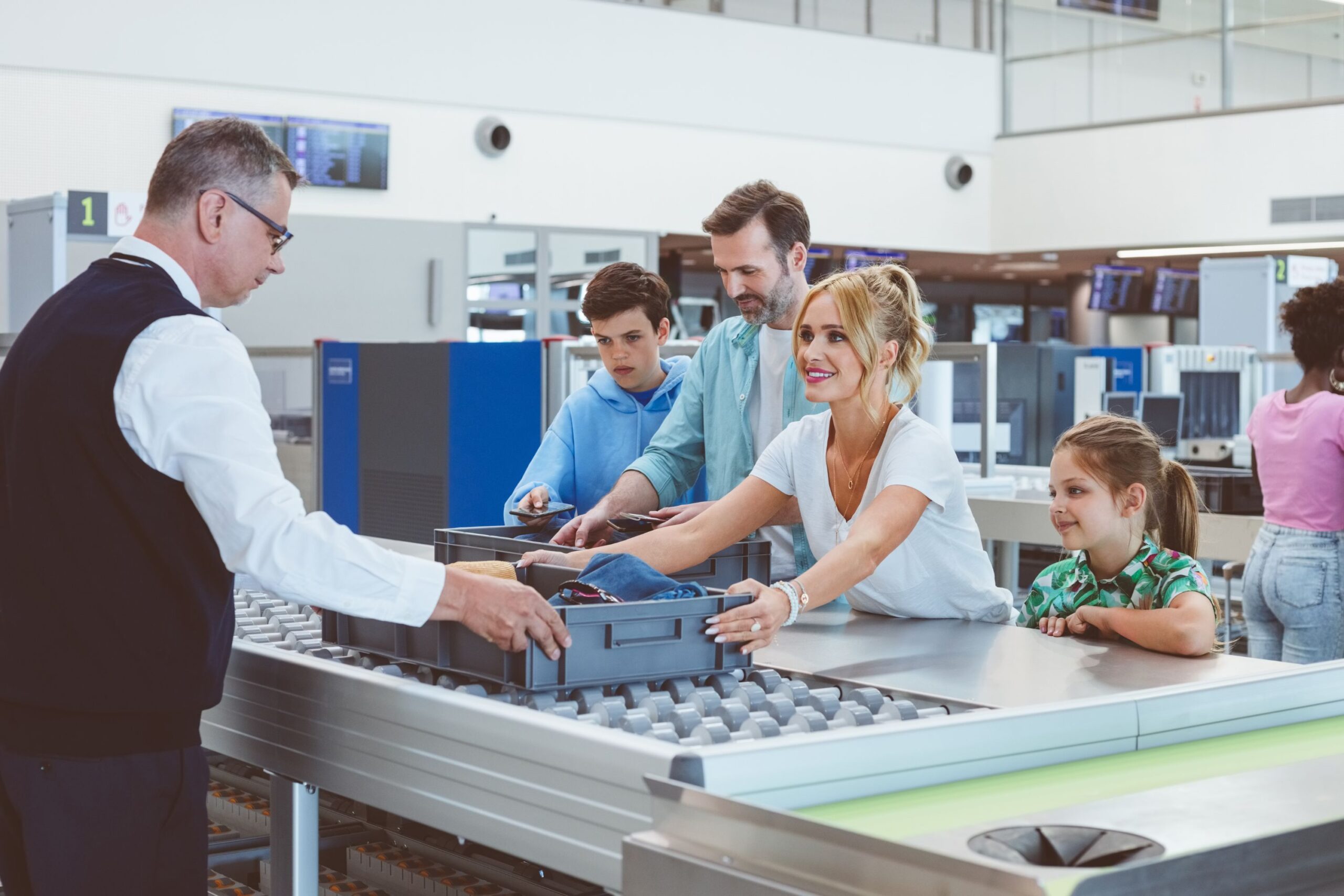As travelers, we’ve all experienced the anticipation and excitement that comes with embarking on a journey. But before you can board your flight and explore new destinations, you must pass through a crucial step in the airport process: security checks. These security measures are in place to ensure the safety of all passengers and crew members. In this blog, we’ll take you behind the scenes and explore what happens in a security check at the airport.
The Basics of Airport Security
Airport security is a multifaceted operation designed to detect and prevent potential threats to aviation safety. The process involves a combination of personnel, technology, and procedures to ensure that passengers and their belongings are safe before they board their flights. Let’s dive into the key components of airport security checks:
- Check-in and Document Verification: The security check process typically begins at the airline check-in counter. Here, passengers present their identification (usually a passport or driver’s license) and travel documents (boarding pass and, if required, visa) for verification. This step ensures that only legitimate travelers enter the secure areas of the airport.
- Security Screening: After check-in, passengers proceed to the security screening area. This is where the most visible and widely recognized part of airport security takes place. Security officers use advanced screening technology to examine both passengers and their carry-on items.a. Metal Detector and Body Scanners: Passengers walk through metal detectors or full-body scanners. These machines can detect metal objects, including weapons or prohibited items that may be concealed on a person.b. X-ray Screening: Carry-on luggage, including bags, backpacks, and other personal items, goes through X-ray scanners. Security personnel review the images to identify any suspicious items or anomalies.
- Baggage Inspection: In some cases, security officers may need to physically inspect a passenger’s carry-on items if an anomaly is detected during the X-ray screening. This inspection ensures that there are no prohibited items or dangerous substances in the luggage.
- Pat-Downs: If an individual sets off the metal detector or if there are concerns about their person, security officers may conduct a pat-down search. This is a hands-on procedure performed by trained officers to ensure no concealed threats are present.
- Explosive Detection: In addition to traditional screening methods, airport security also employs explosive detection technology to detect trace amounts of explosive materials on passengers and their belongings.
- Behavioral Analysis: Some airports employ behavioral analysis techniques to identify suspicious behavior among passengers. Specially trained officers observe passengers and look for signs of stress, nervousness, or unusual behavior that might indicate a security threat.
- K-9 Units: Bomb-sniffing dogs are a vital part of airport security. These highly trained canines can detect explosives and other dangerous materials that humans might miss.
Conclusion
Airport security checks are a crucial aspect of air travel, designed to protect passengers, crew members, and the integrity of the aviation industry. While these measures may sometimes seem inconvenient or time-consuming, they are essential for ensuring the safety of all individuals on board a flight.
As travelers, our responsibility is to cooperate with security personnel, follow guidelines, and stay informed about the latest regulations to make the security check process as smooth as possible. By understanding the meticulous procedures that take place behind the scenes, we can all contribute to safer and more efficient air travel experiences for everyone. So, the next time you find yourself in an airport security line, remember that these measures are in place to keep you and your fellow passengers safe as you embark on your next adventure.




